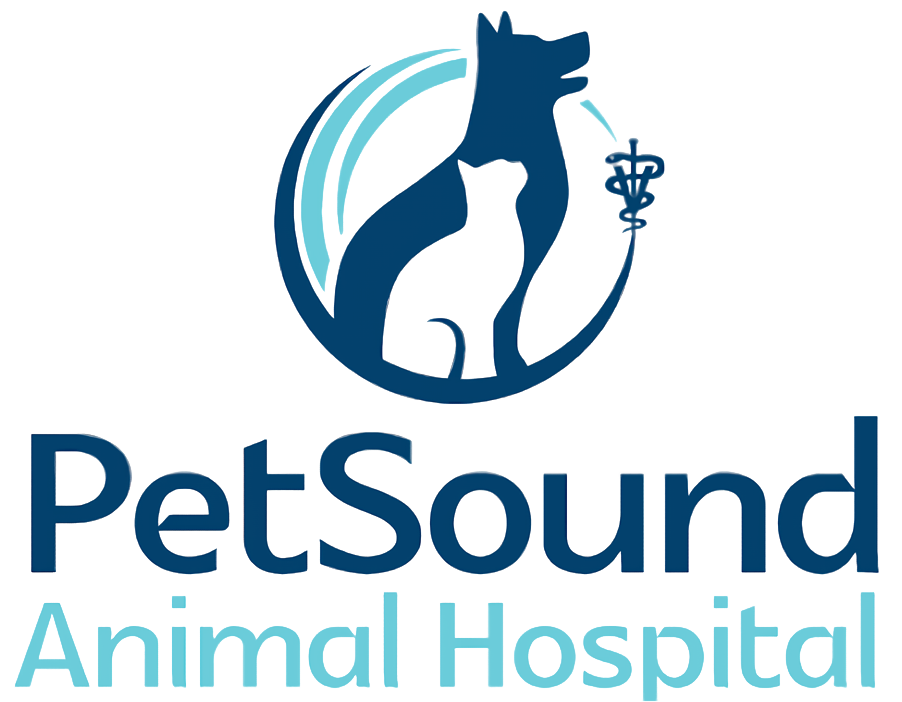Articles
-
This handout discusses lens luxation in dogs. The lens is the transparent structure within the eye that focuses light on the retina. Lens luxation is when the support ligaments of the lens weaken or break, causing the lens to dislocate from its normal position. The various types, clinical signs, heredity of the condition, diagnosis, treatment, and prognosis are outlined.
-
Lenticular sclerosis is the term for a bluish, transparent haze that develops in the lens of the eye in middle-aged to senior dogs. Vision does not appear to be significantly affected. While the exact mechanism is poorly understood, it appears that the lens gradually becomes denser or harder with age. There is no specific treatment for lenticular sclerosis, nor is treatment necessary.
-
Leptospirosis is a bacterial disease of dogs and other mammals that primarily affects the liver or kidneys. The bacteria (Leptospira) that cause leptospirosis thrive in water. Infected or recovered carrier dogs may act as a source of the infection. Antibiotics such as penicillin, ampicillin, and amoxicillin are reasonably effective against the acute stages of leptospirosis, if started early, although most affected dogs require intensive care in the veterinary hospital. This disease can be transmitted to humans.
-
Leuprolide is a synthetic hormone used to treat adrenal gland problems in ferrets, gonadal issues in birds, and experimentally treat reproductive issues and incontinence (involuntary loss of bladder and bowel control) in dogs and cats. It is given by injection.
-
Levetiracetam (brand names: Keppra®, Elepsia®, Spritam®) is used off label as an anticonvulsant used to treat seizures and epilepsy. In dogs, it is typically used in combination with other anticonvulsants, while in cats, it is used alone or in combination.
-
Levobunolol ophthalmic is a topical anti-glaucoma agent used to reduce intraocular pressure (IOP) in glaucoma and to prevent glaucoma from developing in the normal eye of animals with unilateral (one-sided) glaucoma. It is used off label in cats, dogs, and other animals.
-
Levofloxacin ophthalmic is a topical antibiotic used to treat bacterial eye infections in cats, dogs, and other animals. This medication is used off label in veterinary medicine. Levofloxacin ophthalmic comes in liquid drop suspension form.
-
Levothyroxine is thyroid hormone replacement given by mouth in the form of a tablet or capsule. It is used to treat hypothyroidism and its use in cats and certain exotic animals is off label. This medication should not be used in pets with certain heart conditions, untreated Addison's disease, or hyperthyroidism.
-
Lick granuloma in dogs, also known as acral lick dermatitis, is a condition manifested as chronic licking of an area of skin, usually on the forelimbs. This condition is thought to be both physical and psychological in nature. While the condition can be frustrating to get under control, most cases of lick granulomas can be successfully treated if the owner is willing to pursue extended tests and treatments.
-
Lidocaine/lidocaine combinations topical are local anesthetics that provide anesthesia (a numbing effect) to the skin in cats, dogs, and other animals. Combination products may contain other local anesthetics, antibiotics or antimicrobials, steroids, antihistamines, and/or cleansing agents.

